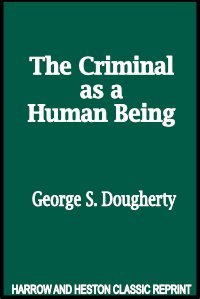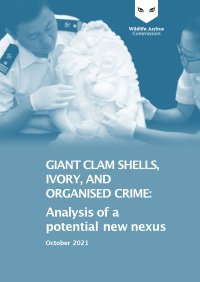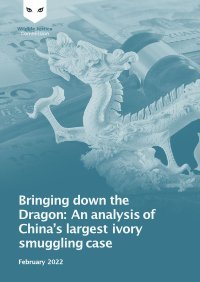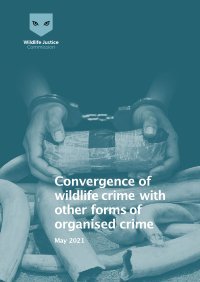By Robert L. Dugdale.
A study in crime, pauperism, disease and heredity. “‘The Jukes’ has long been known as one of those important books that exert an influence out of all proportion to their bulk. It is doubtful if any concrete study of moral forces is more widely known, or has provoked more discussion, or has incited a larger number of students to examine for themselves the immensely difficult problems presented by the interaction of ‘heredity’ with ‘environment.’“
London Putnam (1910) 137 pages.





















